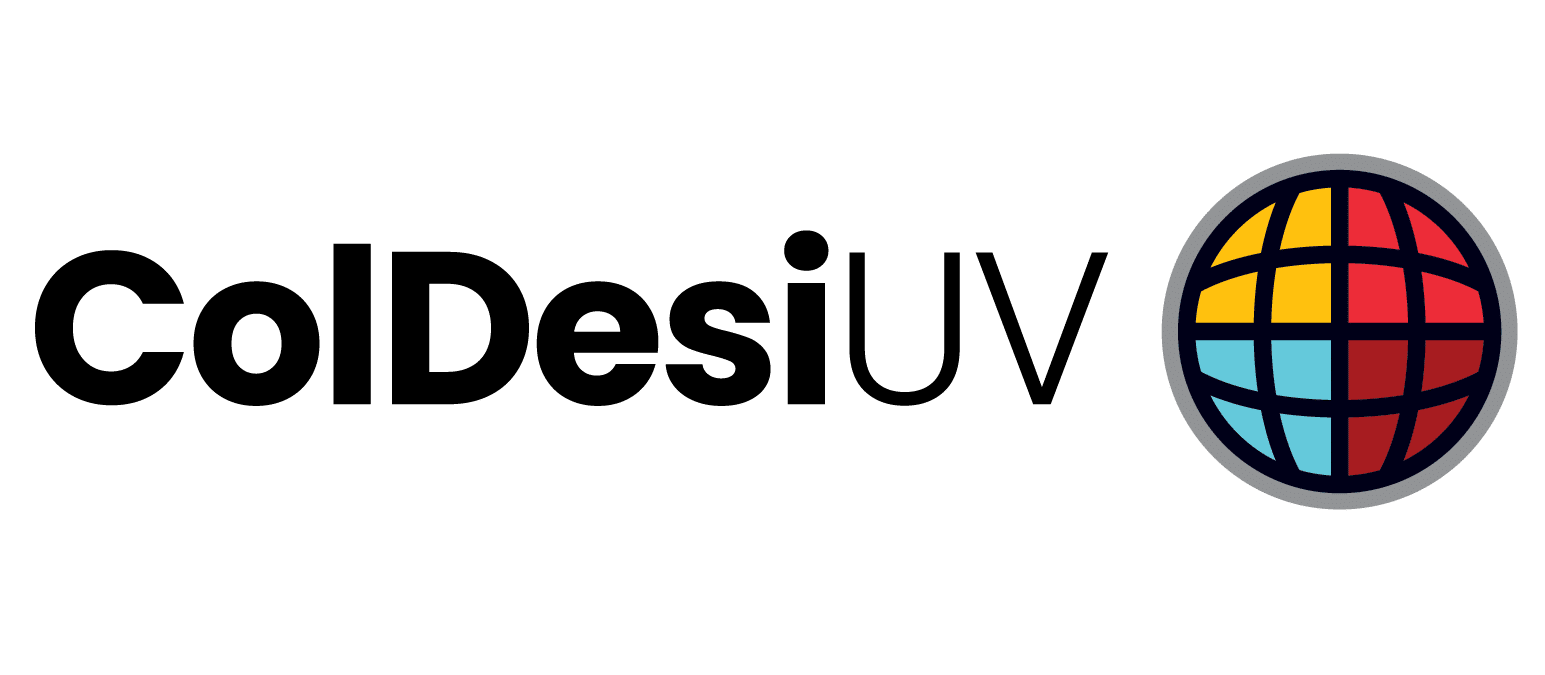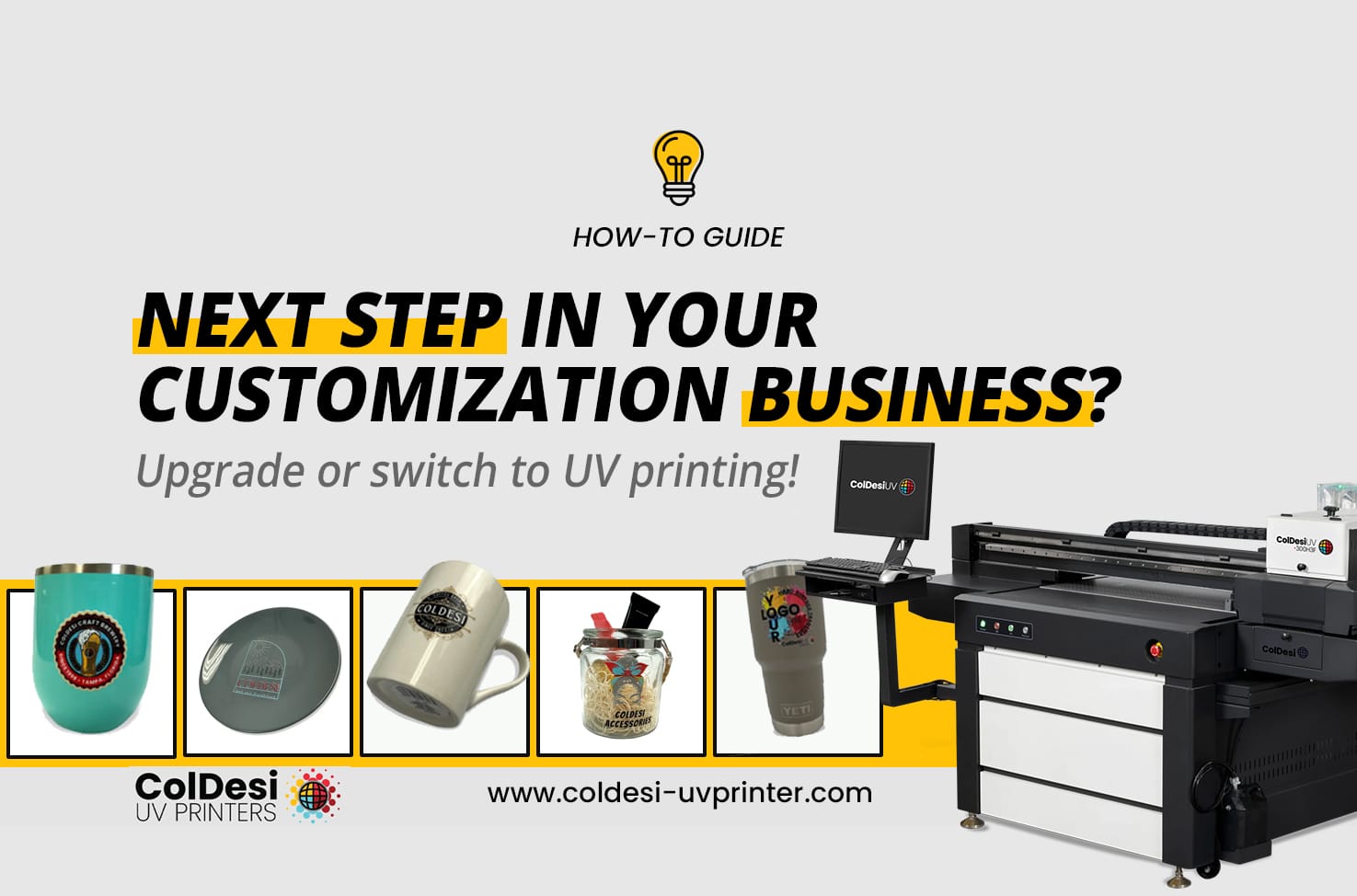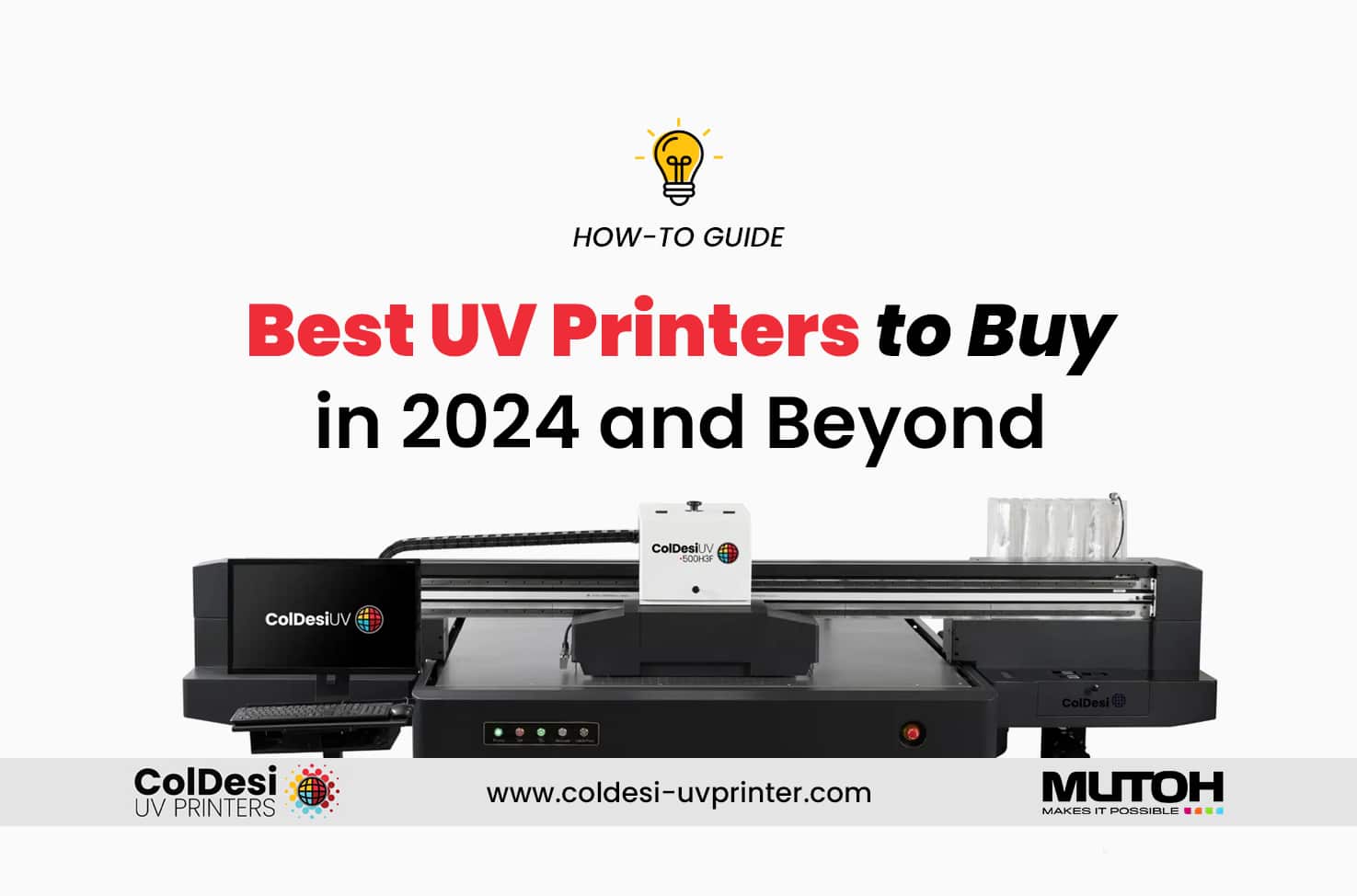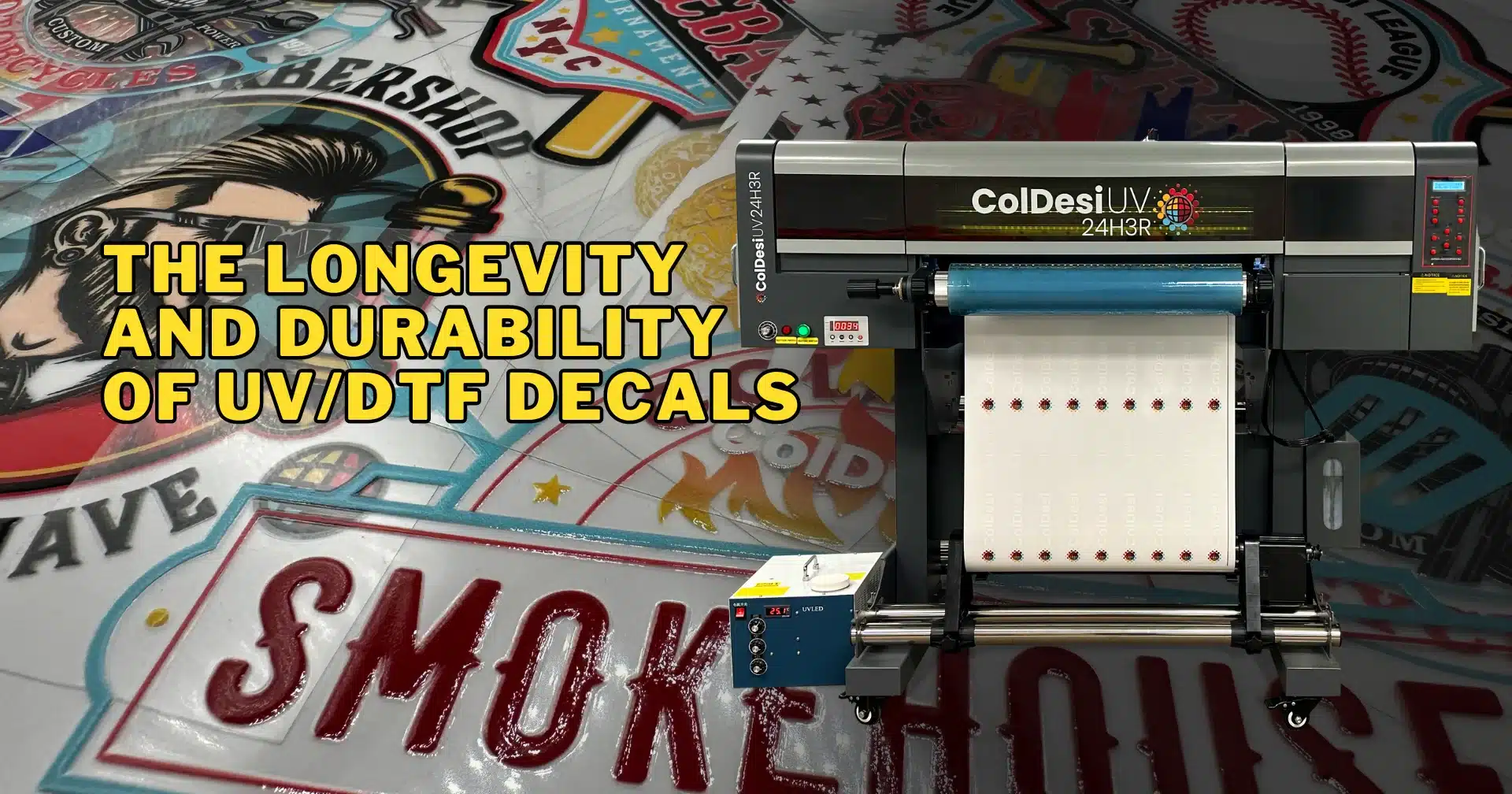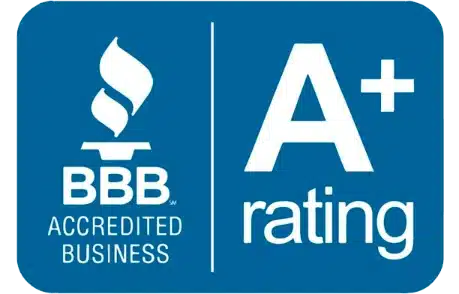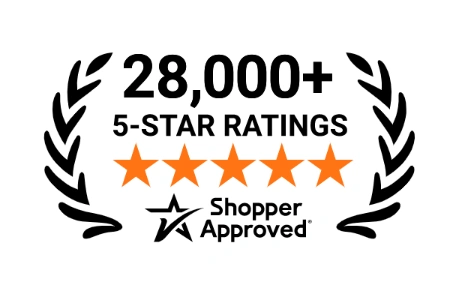Questions and Answers About UV Printing
ColDesi’s own Don Copeland joined Terry Combs and Aaron Montgomery at 2 Regular Guys Podcast to talk about UV Printing.
Don: A lot of people don’t understand what UV is about. We think of UV as being digital, but it’s been around for a while. It’s a great method of printing especially when you need things to be quickly set.
Basically, what UV printing is, is inkjet printing with a specialty ink. The UV inks dry via a photochemical/photomechanical process. What happens is you inkjet onto the substrate and the UV light changes the ink – turning them from a liquid to a solid.
It’s not like when we print onto t-shirts or paper where the ink is absorbed in. These inks “exist” and this is also why with UV printing we can play with textures.
Where does it differ from what we’re used to? It’s used in a lot of cases to print onto finished goods, dimensional type of items, things that have depth.
You’ll look at printers on the marketplace in the small to mid-format range. They range from a couple of inches to a standard of about a foot in depth.
Our machines go from 11.8 inches tall and you can get options for up to 18 inches tall. That’s one of the areas where it’s different.
We say UV LED too. The early UV printers and some still on the market used a type of mercury vapor lamp. While they’re very effective, very high curing, they’re very high maintenance. They have a max life of about 2,000 hours of exposure. They’re also very expensive. And they get very hot, so you must let them cool down before starting them back up.
The LED’s they’re either on or off. Run at a very low temperature and use very little energy. Ours are rated at 20,000 hours of illumination. Remember they’re not on continuously, only when the head is scanning.
We use flatbeds. It means we can transfer the items through the machine. Our larger machine has the ability to cure 133lbs. We’ve put an entire truck tire on it and stretched over a tire cover to print on.
Number one it really allows you to stretch your imagination. Back in the early days, everyone who called us to use direct to garment printers also wanted to print on something else.
This allows you to take your creativity outside of standard wearable items. You can take constructed items and decorate them.
Cell phone cases are a perfect example. There’s a huge market for custom cases.
Because it’s instantly set you don’t have a gas out period. When you would print cell phone cases before, with solvent-based solutions, you had to let those solvents gas out.
We think of Direct to Garment printing (DTG) as digital screen printing. This is digital pad printing. But it’s full-color pad printing so to speak. Which really ups the game when it comes to printing on rigid goods.
You can do multi-color pad printing, but I don’t even think you can do four colors. It’s just not practical, especially with short to moderate runs. That’s the areas where UV printing really starts to expand.
Don: A lot of the stuff we thought we knew about printing – saying if it’s a black box versus a yellow box it costs more. Customers didn’t understand why. Yellow is just yellow, whereas black is a mix of colors.
When you look at it in UV you can see those layers. That’s how we can raise letters up in signage to do textures.
Don: We all know the days of identifying ourselves as ‘a screen printer,’ ‘an embroiderer,’ ‘a trophy guy’ are fading. I always use the Walmart analogy. You can go into Walmart, pick up some toilet paper, get some eggs and milk, there’s probably a McDonalds in there. It’s one-stop shopping.
It’s just logical that we would get it all done in one place. You have customers that are coming into you for t-shirts or hats. They have other needs in most cases.
Very rarely if someone is buying shirts that they can’t add something. That’s where the opportunities are for traditional t-shirt guys.
If you go back into the sign industry 15-18 years ago, it was the people who were leading edge who had large formats. Now if you don’t have a large format eco-solvent printer you are not in the sign industry.
More and more screen printers are now bringing in the large format technology to do signage. Back in the day, all you could do was put magnets on cars, now you can wrap a car to make it look like a pizza.
We’re seeing more and more companies being full-service. You’ve already done the graphics work, that’s the thread that goes through all of this. Why not take those graphics and put them out in every direction and method you can?
Sublimate it and put in on coffee mugs. Put it on a mouse pad. Print it on a t-shirt. Print it on a banner. Let’s give them promotional items – thumb drives, pens, signage for their operations.
Everyone you’re dealing with has more to their business and graphic than just the t-shirt you’re printing. Those are the areas that are low hanging fruit.
Your existing customers are buying this somewhere. You’ve already spent the sweat equity and marketing money to build the relationship. It’s always easier for me to sell a customer their second machine. All I’ve had to do is take care of them for that period.
You must put money and effort into new customers. This is an add-on that you can start selling immediately to your other customers.
The other side of the coin is that the word gets out and you start marketing this new product. You’re also going to find customers that need your core business – t-shirts, hats, etc.
Those are the applications where it fits in. And getting out of the mindset that “I am screen printer.” You can go broad and say I’m an apparel decorator. Or you’re solutions people.
We’re here to get ideas out to people. That’s what this is about – expanding your reach to your customers and giving them the opportunity to be as creative as they can. Using their logos to grow their business.
Tell us a little bit about some of the markets and market segments this technology is growing in. How’s it replacing some other printing technologies?
Don: I see the most potential in, is easy to get into, and has a ton of business is the Coroplast sign market. Down here in Florida we call them bandit signs.
There are lawn service companies who have signs with stakes in the ground with all their information right on the sign. The process is you take your eco-solvent and print out the sign, which must be gassed out (which is usually an overnight process). Then if you want it to have an extended outdoor life you need to laminate it. Then you must mount it on each side of the Coroplast.
With UV, you’re printing right onto the sign blank, it’s immediately dry, it’s immediately deliverable. Your ink costs are about the same on UV as they are on the eco-solvent per square foot. You don’t have the cost of the vinyl. You don’t have the cost of the laminate. And you don’t have the cost of labor.
That’s just a huge marketplace where you can step up with this piece of equipment. Whether you’re a t-shirt guy, signs, trophies and awards, anybody, and they’re immediately making money and giving the customer a quick turnaround.
I went up to one of the major large-format company’s sites to get an estimate for printing – two-sided 18x24”. It was about $2-3 for vinyl and ink. That sign in our estimate was $0.72 per side.
That was a savings of $1.50 just in materials. You don’t have the labor or the cost of lamination.
There are other opportunities as well. Etsy is crazy. A lot of the stuff up there you’ll see customization.
A lot of it is hand painted/decorated and it can be easily simulated on a UV Printer.
You can print on wood or metal, which can give an antique look to items. That is another area where we’re starting to see growth, especially wood decoration.
One of the more common ones is in the ad specialty marketplace. If you have a small business you don’t want a thousand pens printed, you can get 50 – full-color, no set-up fees.
We have one of our customers we’re working with who has a multipurpose tool of sorts that’s flat and the size of a credit card. He’s making them his business cards.
It’s replacing pad printing and traditional sign printing. I didn’t even touch on how you can do metal signs and outdoor signs as well.
Don: People go by and see activity at a house, you look towards the house. We call them 50-50 signs. They’re meant to be seen 50 feet away at 50 miles an hour.
You’re able to give them full color. Big lettering with the name of the company and website or phone number.
Importantly for your customers in the t-shirt industry, they don’t have to learn a whole new application technique. It’s direct to substrate.
The real secret to signage is application technique.
Don: Anything that’s high color, anything that you would put on t-shirts, put it on other objects.
Our machines allow for variable data. Allow us to do barcoding. Allow us to do sequencing.
You can do highly customized, high-color work that they wouldn’t otherwise be able to do.
Don: When we think about rigid goods, we are often thinking about goods that aren’t white. We’re thinking about things in the trophy and awards industry.
With UV printing, most UV printers have 6 color channels. You have your traditional cyan, magenta, and black. You have white and a varnish or clear – which gives you a better build up for textures. The clear can be used for over-coating or highlighting.
You can also do effects. If you have a soda bottle you could do a water droplet effect.
Most things you print on won’t be white, so all of this is huge. You can use the software to create the under base.
You can print on the back of clear objects.
We have a couple of viewer questions:
Don: Six years is a long time. The inks are different, they’ve matured in the last few years. They’re not as obnoxious as water-based.
With UV if it was flushed out, there’s more opportunity. The challenge with UV is, even though they’re not solvent they’re not water-based either. They don’t set up as bad as water-based ones. They’re not as obnoxious on the rubber and plastic as an eco-solvent would be. But they still have a lifetime and the print heads, dampers, cap heads, wiper blades you use are not traditional water-based.
Their print head prices are roughly triple. Dampers are about the same. Lines are a little bit more expensive. Capping stations are about 30-40% more expensive.
If you’re getting a machine that’s been hibernated, you’re probably going to have to replace all those things. That’s the trade-off.
Also, getting the software to drive it. If it’s still a current model, you’ll probably be able to get some follow through with that.
It really comes down to the price. If they’re giving it to you for $2,000, that’s a good gamble. You’re probably going to throw $4-5,000 at it for all the plumbing, to update the software, and buy the inks. Inks typically have a shelf life of a year.
The price for inks is anywhere from $200-500/liter.
You’re likely going to be $5,000 into the project to find out if it works.
If it doesn’t print, you have to start with the head. By the time you work yourself back, you may find it’s the motherboard. At that point, you have to make end-of-life decisions about the machine.
Don: In a lot of cases people will get into the marketplace with used equipment only. Because that’s all they can afford. That’s just a recipe for disaster because it means they don’t have a slush fund to fix the inevitable issues they’re going to be resident with a used machine.
It would be a situation of spending all your money with no insurance policy. I tell people on a regular basis, you’re better to just keep saving your pennies until you can afford something. Even if it’s a refurbished piece of equipment from a viable entity.
Then you at least have the support and training you need. Especially as this is a new marketplace. It is a completely different learning curve than any other printer.
Don: I think the changes in the technology, more and more are going to be in the ink side. There’s not a ton of stuff we’re seeing right now in the hardware.
It’s just like when you look at the large format for the sign industry. There haven’t been any radical changes. It might be a little bit faster.
However, I think we’re going to see some changes in the ink technology. Probably one of the biggest challenges we face is the trade-off between rigid printing and flexible printing.
If you have something that flexes a lot, think of binders or leather goods, there is a trade-off between flexibility and rigid printing. Most of the items that people want printed on are rigid.
However, there are applications where you need flexibility. It’s different ink sets.
I know several of the ink companies I’m interfacing with are trying to work on this hybrid solution. One that is flexible yet performs well on some of the more difficult types of plastics.
Whereas now if you use flexible you’re going to have marginal performance. When you use flexible it tends to almost have a slimy feel for 12-24 hours as it finishes drying out.
I think that the next major step we’re going to see in the market is chemistry. The good news is that the chemistry is going to be plug and play. It’s not going to change the hardware.
We’re working on some things that will help us in the non-flat technology. What I mean by that are the rotary things.
That’s a huge growth market I think you’re going to see over the next few years. More and better solutions for cylindrical or conical shaped items. To give you better performance.
If you go back three years ago, you had Yeti and a couple of wannabes. Now, in the room I’m in, I’m looking at 5-6 manufacturers of tumblers.
We’re seeing sexier contours which are more challenging for being able to do embellishment. We’re going to see more and better processes for handling these types of items.
Don: It’s true at some level. It’s going to create more maintenance. If you’re doing reflective items or glass, you just need to do cleaning at about double the rate of a normal machine.
When you’re printing on stainless you just must be smart. The lights should be angled slightly outward and not reflected toward the head. That should help to some degree.
It’s not going to be so much of an issue on items that are completely flat, as opposed to items that have some curvature.
You will see the folks that are doing items with some level of reflectiveness – whether it’s metallic or glass – do just have to be more diligent.
If you’re doing your maintenance at the end of each day, it’s not necessarily going to decrees the life of your print head or the machine. It’s just going to increase your time cleaning.
Don: Our home website is ColDesi.com. Just click on the Compress UV link. We also have our dedicated site: CompressUVPrinter.com.
If they want to reach me directly, they can email me: [email protected]
My toll-free number is 877-793-3278 ext. 1006
Five Things
Don: Let’s talk about 5 things that you can do as add-ons for your current customers.
1. Temporary Promotional Signs
You may be doing signs for Relay for Life or different types of events. One marketplace is the Coroplast signage.
If you’re doing the golf towels with a DTG printer you can do the sponsor signs.
You can also do open house signs for realtors.
2. Promotional Items
In that same vein, customized golf balls for a tournament. Giveaways for top level sponsors. Pens, USB drives to give away to their customers.
3. Permanent Outdoor Signs
You’re doing t-shirts for a local bar. You see a lot of restaurants with reserved parking for their To-Go customers. They only need 2 or 3 of them.
4. Awards
Acrylic awards where you can do back print. Stuff that your clients are buying already.
